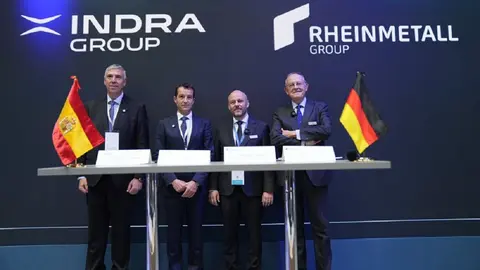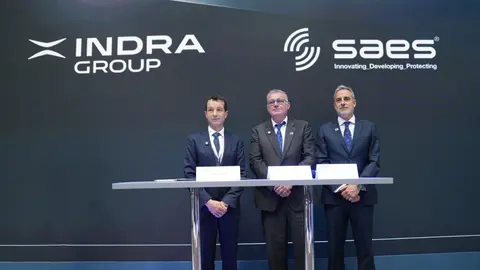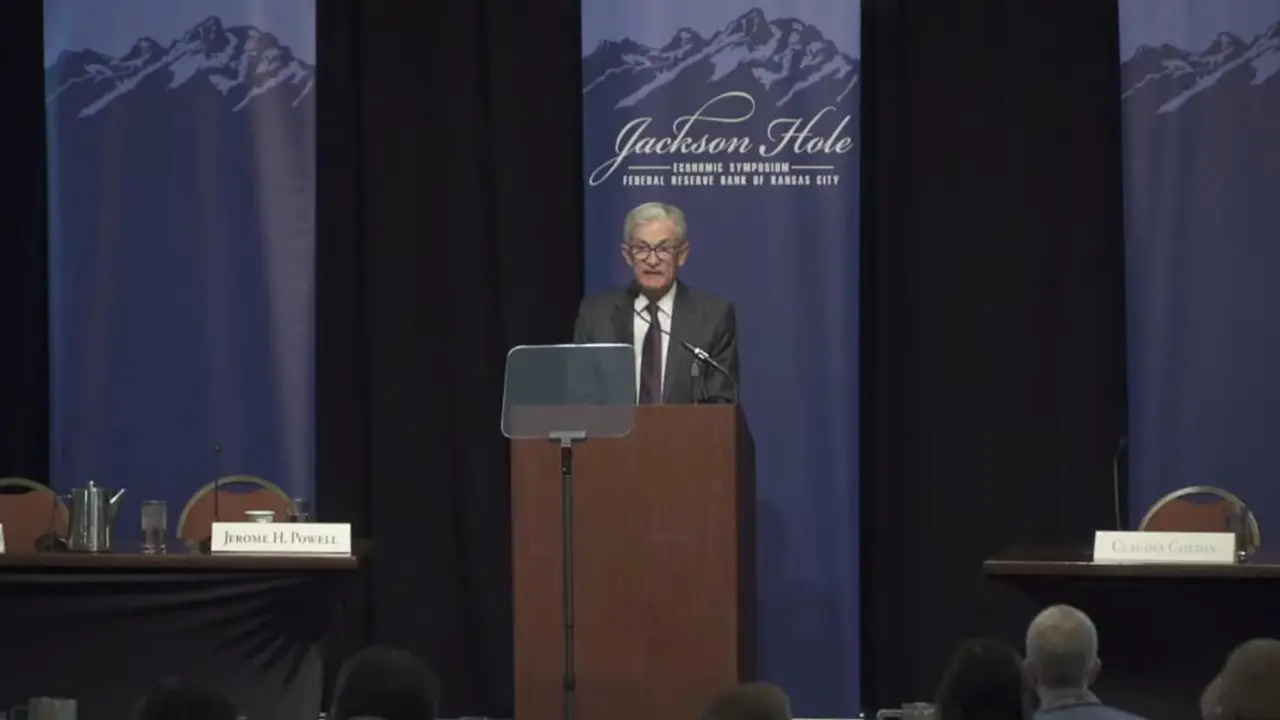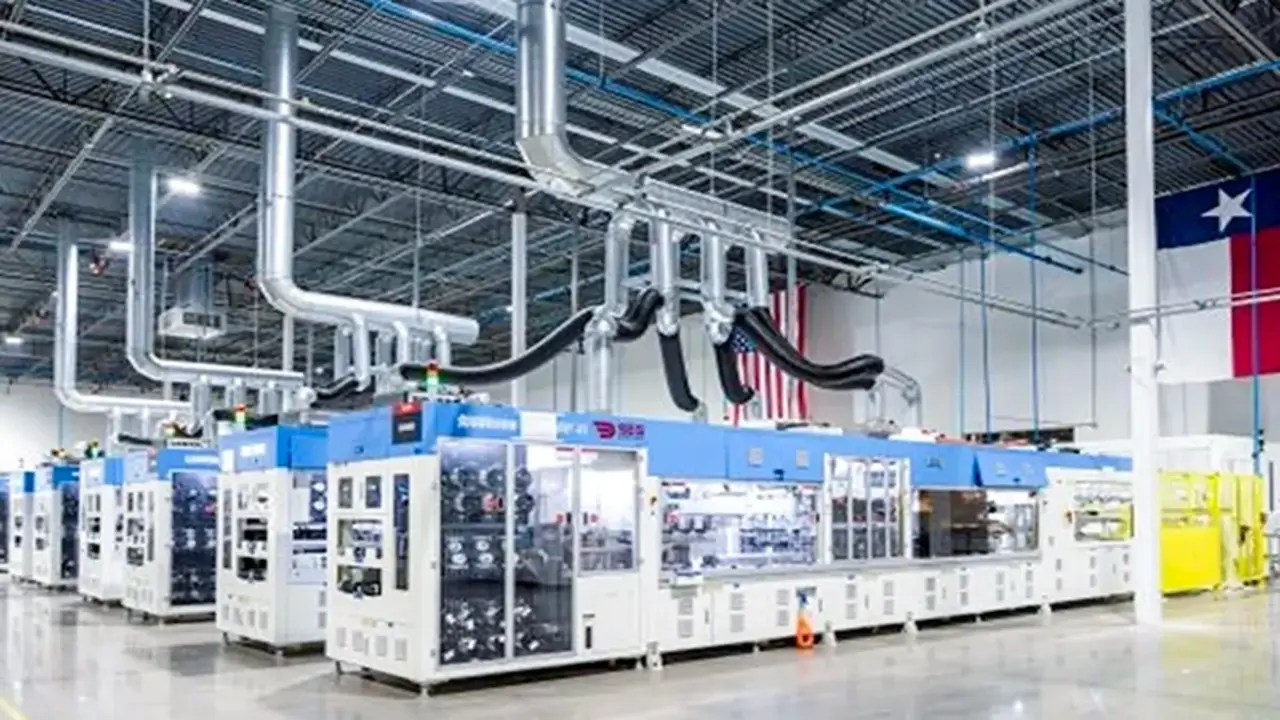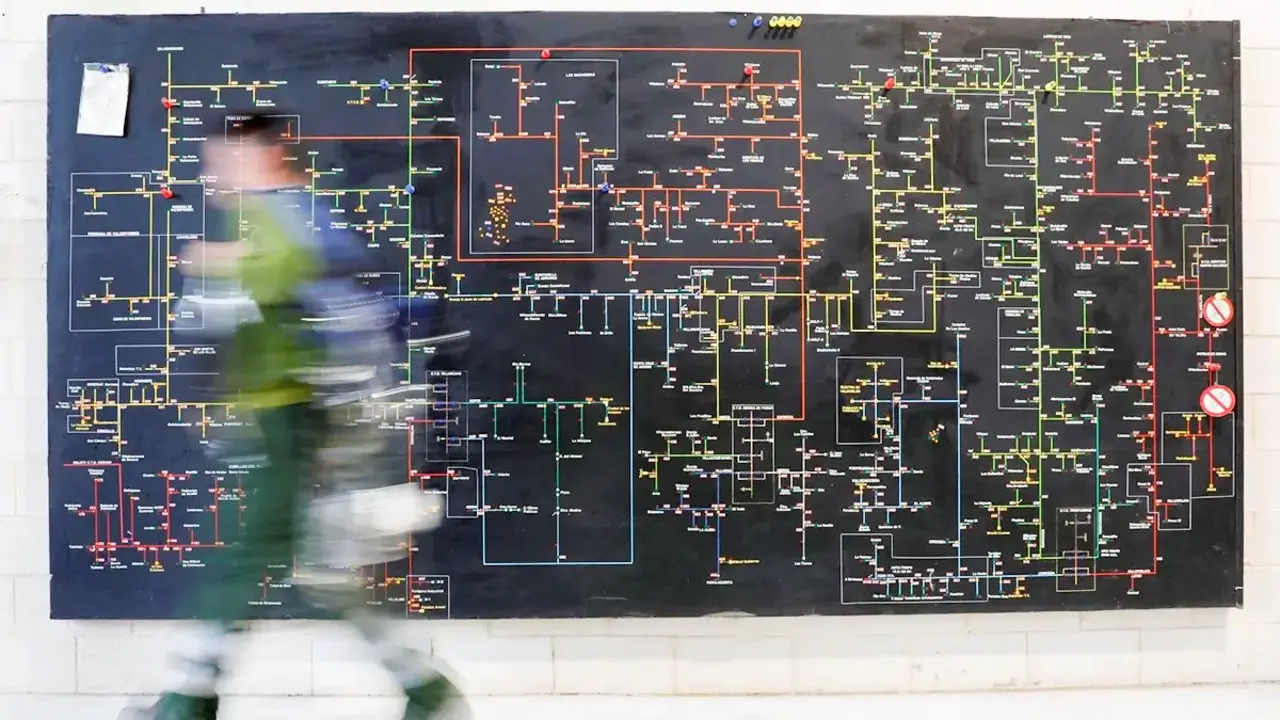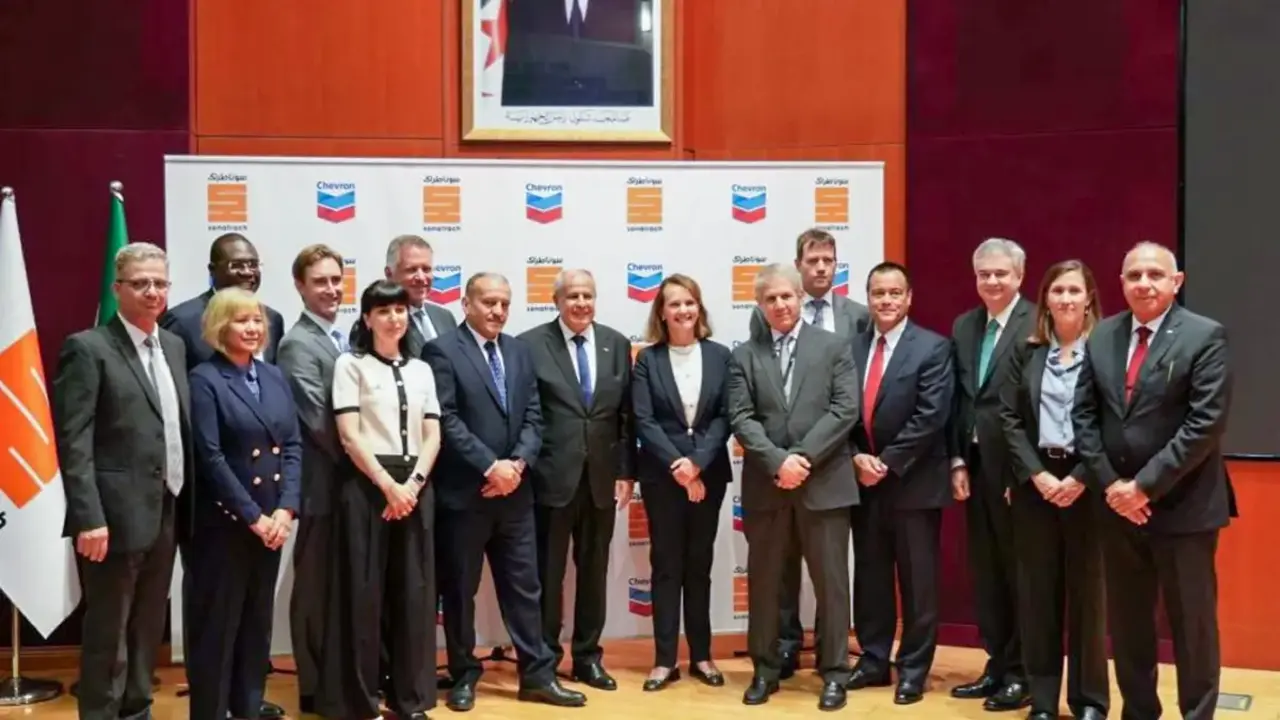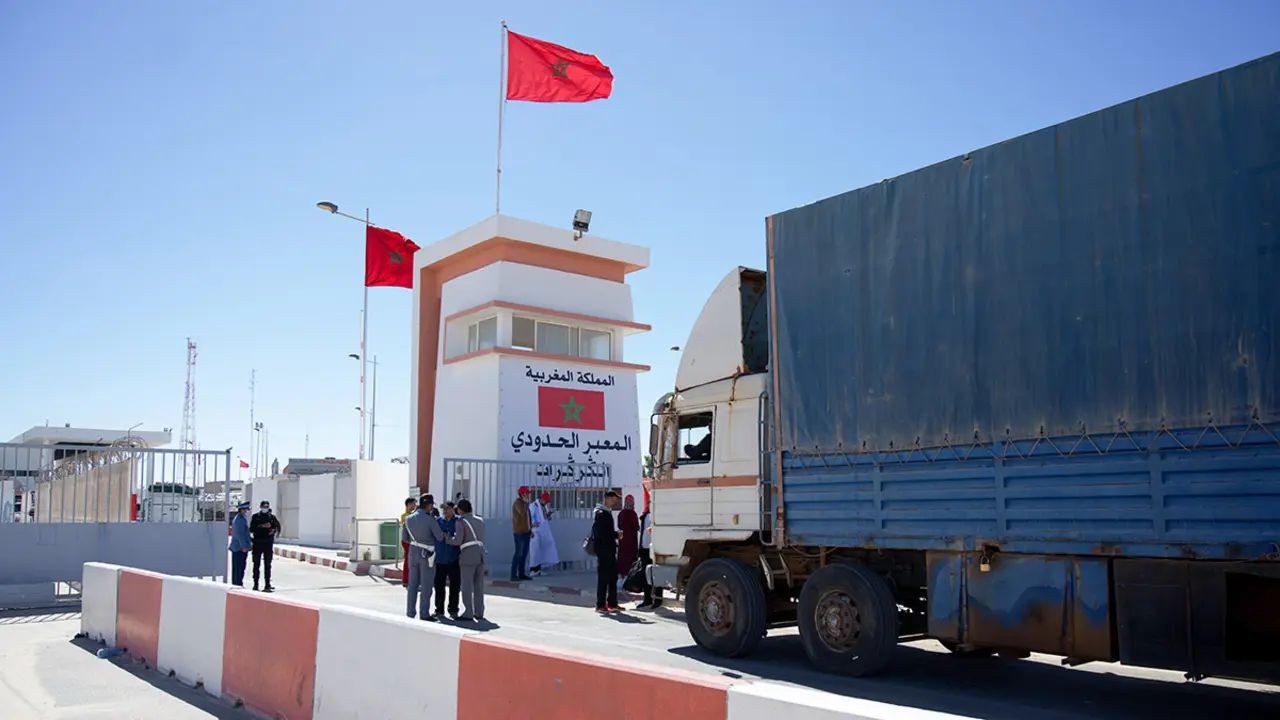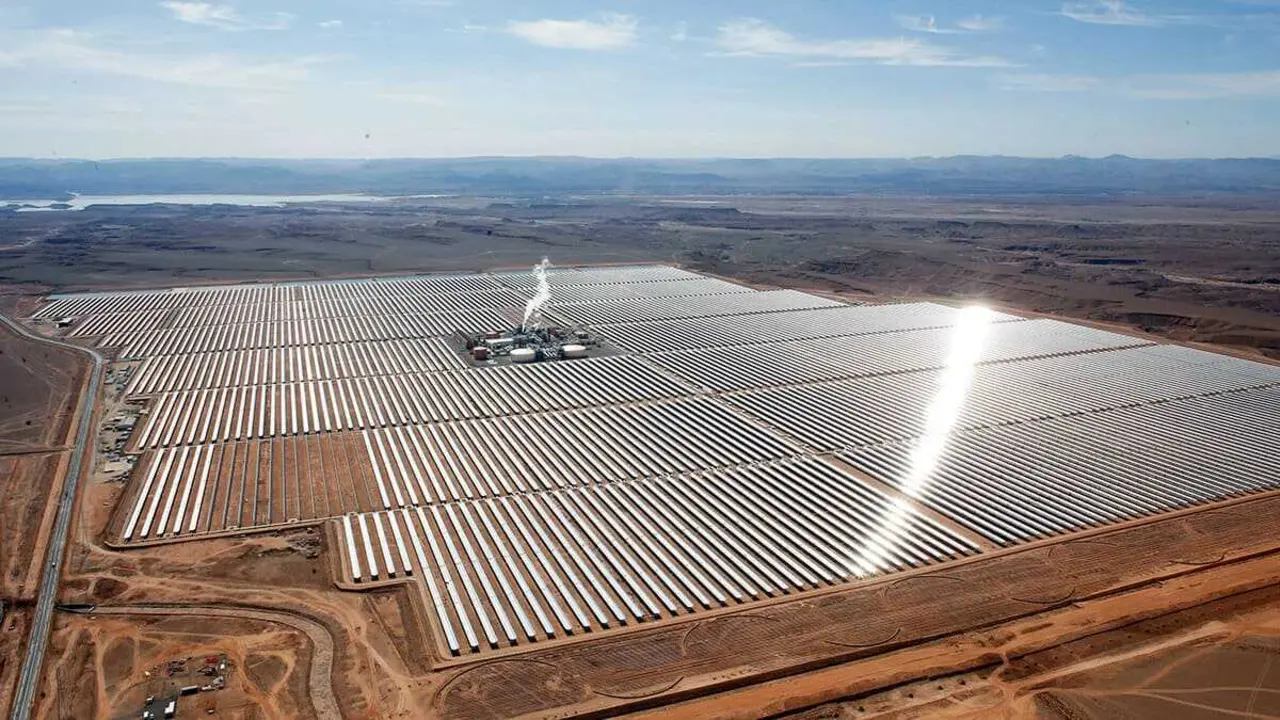Indra upgrades Brazil's ground-to-air communications systems with cutting-edge technology
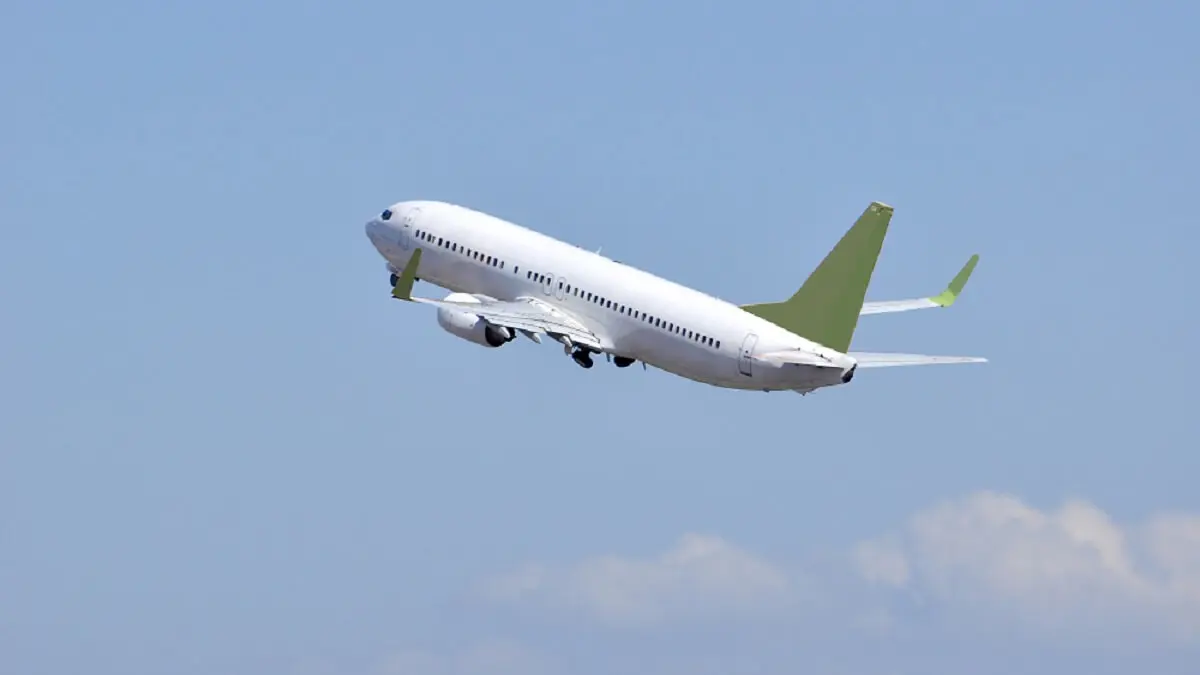
Indra has been awarded a contract by the Brazilian Air Force's Airspace Control Department (DECEA), through the Airspace Control System Implementation Commission (CISCEA), to modernise Brazil's entire ground-to-air communications system.
The project aims to strengthen security and guarantee the sovereignty of the country's airspace and includes the supply of more than 800 state-of-the-art, scalable and flexible radios that will optimise air traffic and defence operations across Brazil's 22 million square kilometres of airspace.
Indra Park Air T6 radio devices feature advanced technology that applies the highest safety standards and new software that improves voice quality and efficiency in communications between pilots, traffic controllers and various agents. They also incorporate simultaneous call transmission (SCTO) capability and IP technology for high-demand air traffic environments, along with a compact, energy-efficient design manufactured with sustainable materials to minimise environmental impact.
‘It is an honour that a country like Brazil, a leader in the adoption of cutting-edge technologies for the modernisation of air traffic management in its skies, has been relying on our ground-to-air communications systems for more than 20 years. This, coupled with Indra's undisputed leadership in Latin America, where our technology is present in virtually all flights in the region, consolidates our position as one of the leading suppliers of air traffic control systems in the area,’ said Víctor Martínez, Indra's general manager for ATM.
Indra is driving key projects in Latin America, such as the integration and upgrade of the air traffic control systems of the Central American Air Navigation Services Corporation (COCESNA), which includes Belize, Costa Rica, El Salvador, Honduras, Guatemala and Nicaragua, to strengthen the single sky of Central America through the creation of a set of fully interconnected, integrated and homogeneous airspaces in the area.
Globally, its technology is present in more than 11,000 air traffic facilities and contributes to the safety of passengers who take a flight every day anywhere in the world, as its technology is behind these journeys at some point.

